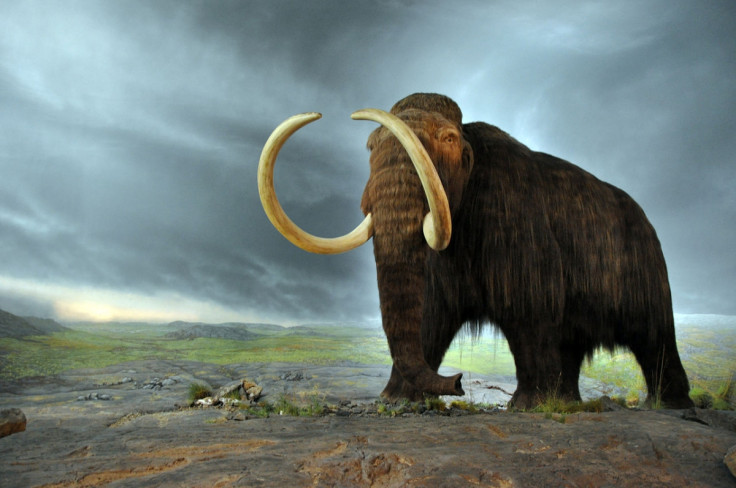Bringing woolly mammoths back by cloning DNA 'will not happen'

George Church, a leading US scientist, has ruled out the possibility of bringing the mammoth back to existence via cloning from frozen remains.
Mammoths became extinct around 10,000 years ago but almost perfectly preserved remains found in the likes of Siberia and other freezing areas gave scientists hope they would be able to bring them back by cloning their DNA.
Two separate projects, one in Japan and another in South Korea, are attempting to do just that via the DNA in the frozen remains but Church, a geneticist, molecular engineer and professor at Harvard, has rejected that approach, claiming the remaining DNA is now redundant.
Church told the Washington Post: "Ten thousand years of radiation. In a frozen specimen that has no metabolism going on, it's accumulating and breaking into bits. That DNA will never function again. Their goal is a mammoth. Our goal is testing genes."
He said a more feasible goal would be to identify the mammoth genes that helped it adapt to the freezing temperatures and insert them into the nuclei of elephant cells, which he claims to have already achieved.
Church said: "We have functioning elephant cells with mammoth DNA in them right now. No failures so far as I know... we have CRISPR [a method of genetic manipulation] working in elephant cells and have made 14 changes in the genome fairly easily so far. Focusing on cold-resistance initially [blood, subcutaneous fat, woolly hair and external ear size]."
© Copyright IBTimes 2025. All rights reserved.






















